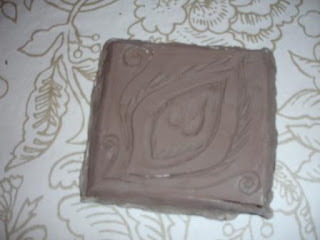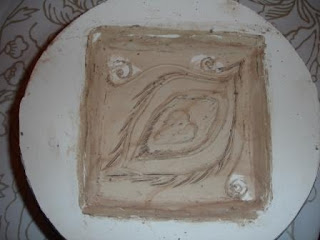I hope you laughed at my art joke! I started teaching this lesson plan last year...this semester I made some major changes...with pleasing results, finally! Students in the past painted half the background and where we mixed 5 tints and 5 shades of any color, this time we mixed only 3 of each and used only pre-mixed secondary colors. I really like the collage-only background, it pulls the composition together nicely:)
This project was only 2-3 50 minutes sessions! Each task- cutting shapes, mixing tints and shades, collaging the background, was doable for all but the most distracted students...it IS spring after all! Students seem to like projects with a "right or wrong" outcome like color mixing. I think the concrete-ness is comfortable. We used phonetics to help us remember what a tint was and what a shade was... tint and white both have "i" as the vowel, shade and black both have "a".
We used phonetics to help us remember what a tint was and what a shade was... tint and white both have "i" as the vowel, shade and black both have "a". I originally adapted this from a dick blick lesson plan but eliminated/substituted the fancy-dancy materials for what I had...small pieces of cardstock donated by a local print shop (for the background) and tempera paint instead of acrylic!
I originally adapted this from a dick blick lesson plan but eliminated/substituted the fancy-dancy materials for what I had...small pieces of cardstock donated by a local print shop (for the background) and tempera paint instead of acrylic!







